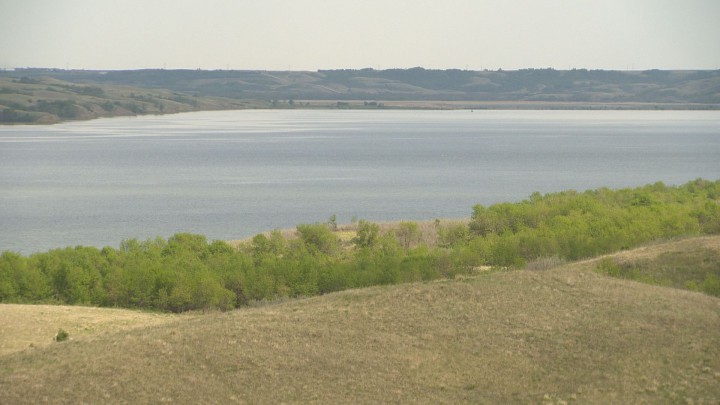REGINA – The City of Regina says it is now testing all 75 contaminants listed in Health Canada’s guidelines following public criticism last year.

Previously, the city tested for a total of 59 substances at the water treatment plant, as well as samples from the tap. Saskatchewan’s Water Security Agency (WSA) helped decide which contaminants to look for.
According to Director of Water Works Pat Wilson, some contaminants were not included because they typically weren’t found in the source water, such as contaminants ones often found in centres where the water supply is downstream from heavy industry.
“There’s a number of parameters that Health Canada has measures for that just aren’t things that will exist in our source water ,so we haven’t tested for those in the past because they aren’t a risk,” Wilson said.
However, when a June 2015 CBC investigation revealed many Canadian cities don’t test for all of the Health Canada parameters, Regina decided to include all the parameters.
“It just created some confusion for our customers and folks were concerned,” Wilson said.

Get daily National news
“They felt that meant we weren’t testing for all the things that Health Canada had parameters for. Those things were never really a risk, however, our customers feeling comfortable that we’re testing in a complete kind of way is important.”
The testing was completed in January 2016.
Test Results
The city says for the 2015 operating year, it met all of its drinking water regulatory standards, except for trihalomethanes (THM) levels.
THM’s are a chemical by-product formed when chlorine is used to disinfect water and the city says high run off into Buffalo Pound Lake over several years is the primary cause of the increased levels.
“The chemistry of the lake takes time to change,” Wilson said. “It is possible we will continue to have higher levels. We will be continuing to monitor it.”
The 2015 levels exceeded the allowable limit, but the city said this is not considered a health concern unless it continues for many years.
The city is working with Buffalo Pound Water and the WSA are looking at different options to reduce THMs in drinking water, including capital investment and operational changes. The water is monitored on a monthly basis.
Buffalo Pound Lake also had a problem with algae booms in spring 2015 after hot days and colder nights caused water temperatures to fluctuate. The blooms limited water supply to Regina and Moose Jaw residents.
READ MORE: Water Security Agency ‘flushing’ Buffalo Pound
As for this year, Wilson said the intensity of an algae bloom is dependent on the temperature.
“It is possible that we will see a similar set of circumstances at the lake,” Wilson said.
To manage the algae blooms more effectively, Wilson said the city now has a number of procedures in place including additives to lift particles out of the raw water and aeration to mix the water.






Comments